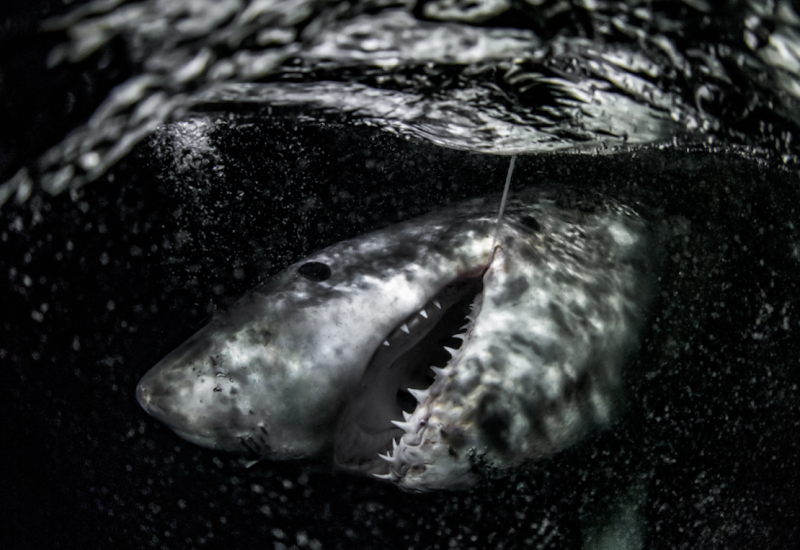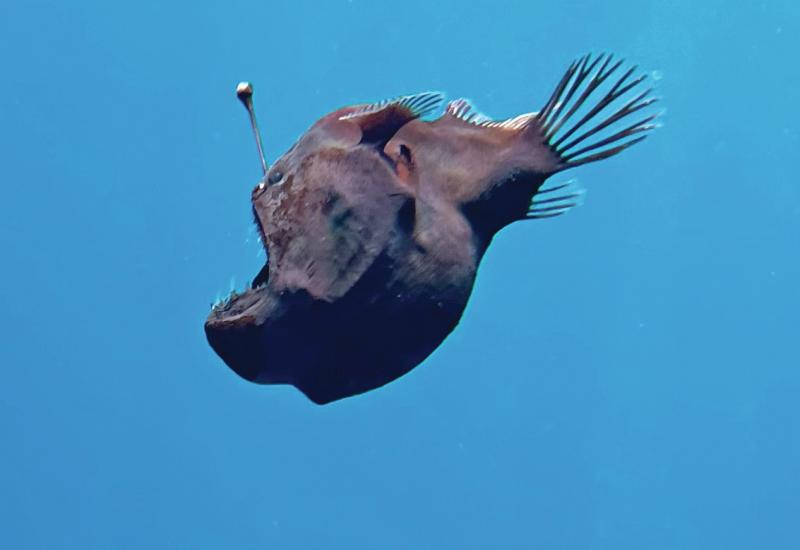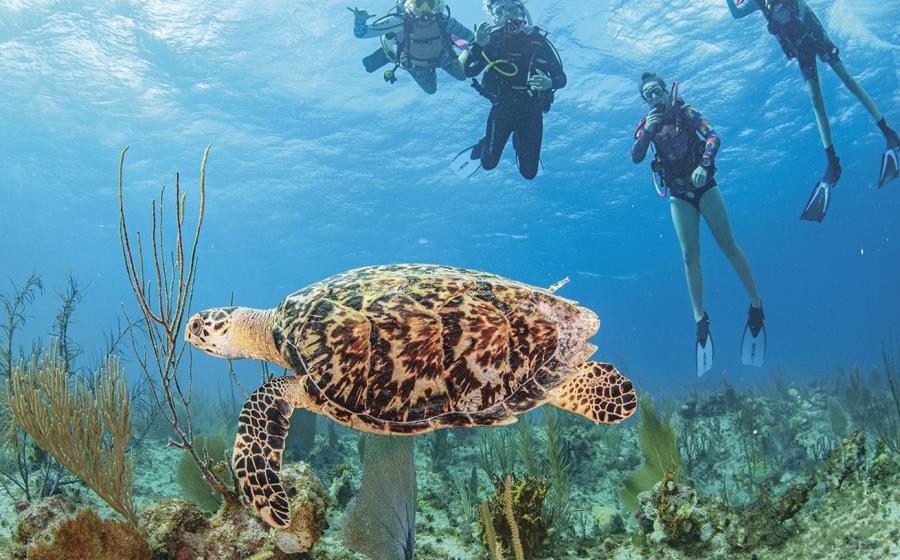Are Blobfish Real? What to Know About This Odd-Looking Creature
Are blobfish real?
Answer: Blobfish are real, and they’re spectacular. But notably, they don’t look like the images you’ve seen when they’re in their natural habitat!
Yes, blobfish are real! Everyone loves the blobfish, a.k.a. fathead sculpins. They’re the subject of countless memes and have won awards ranging from the 2025 New Zealand Fish of the Year to the World’s Ugliest Animal. (The latter, by the way, is run by the Ugly Animal Preservation Society, which aims to raise awareness of animals that are less cute than pandas). They’ve been called “floppy water balloons” and “Jabba the Hutt of the Ocean.”

courtesy of NOAA Ocean Exploration, Seascape Alaska_A black-and-white blob fish seen resting on the soft sediment in Middleton Canyon during Dive 15 of the Seascape Alaska 5 expedition.
Harsh! Is their ugly, floppy, Hutt-like reputation fair? It turns out these animals only look like that out of the water, which, as a deep-sea fish, only happens when humans take them out of the water. Here is what they look like in the water:
Related Reading: The Black Sea Turtle's Great Comeback
This fish might not win any beauty contests, but it’s a lot less “ugly” and “floppy” than the image you’ve seen. So what gives? Why does it look so different out of its natural habitat when a tuna looks pretty much the same?
Smithsonian magazine explains in an article called “In Defense of the Blobfish” that deep-sea fish have lots of soft tissue and relatively weak bones. Instead of scales, blobfish have weak and flabby skin that is quite flexible. In other words, they’re very well adapted to harsh deep-sea conditions that would crush shallow water species (or humans), but when taken out of those conditions, they look, well, blobby.
So yes, blobfish are real, and really incredible animals. But they only look “blobby” and meme-able when you take them out of the habitat that they’re so amazingly well adapted to thrive in. I dare say that none of you reading this would look great if exposed to the crushing pressure of the deep sea.
Ask a Marine Biologist is a monthly column where Dr. David Shiffman answers your questions about the underwater world. Topics are chosen from reader-submitted queries as well as data from common internet searches. If you have a question you’d like answered in a future Ask a Marine Biologist column, or if you have a question about the answer given in this column, email Shiffman at [email protected] with subject line “Ask a marine biologist.”

Dr. David Shiffman is a marine conservation biologist specializing in the ecology and conservation of sharks. An award-winning public science educator, David has spoken to thousands of people around the world about marine biology and conservation and has bylines with the Washington Post, Scientific American, New Scientist, Gizmodo and more. Follow him on @WhySharksMatter on Twitter, Facebook and Instagram, where he’s always happy to answer any questions about sharks.
The views expressed in this article are those of David Shiffman, and not necessarily the views Scuba Diving magazine.










